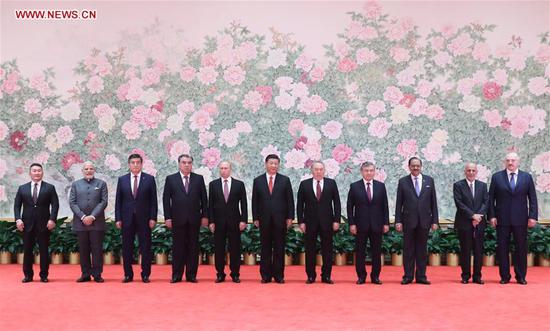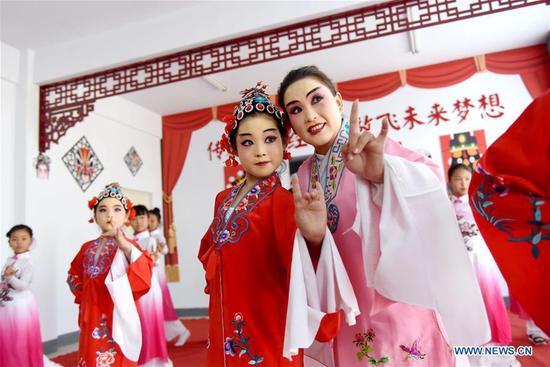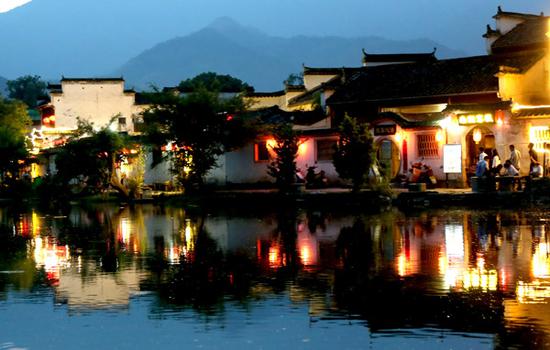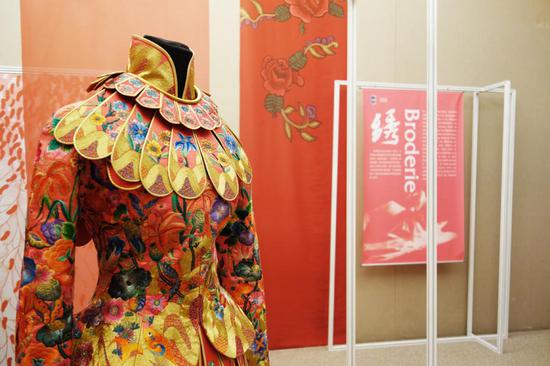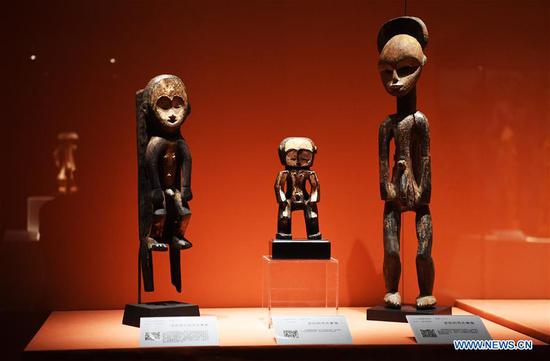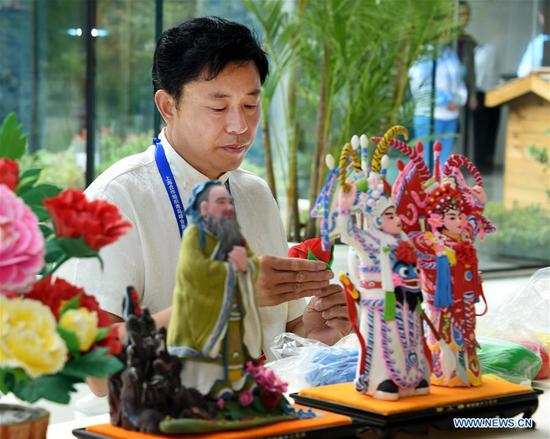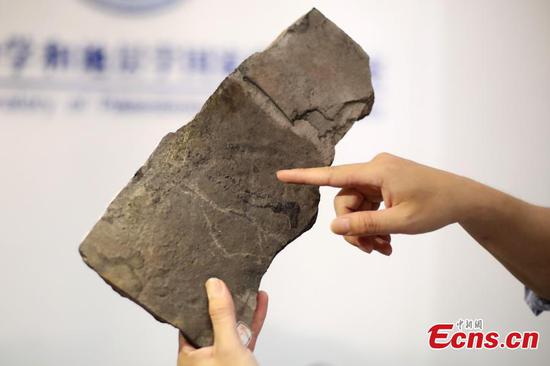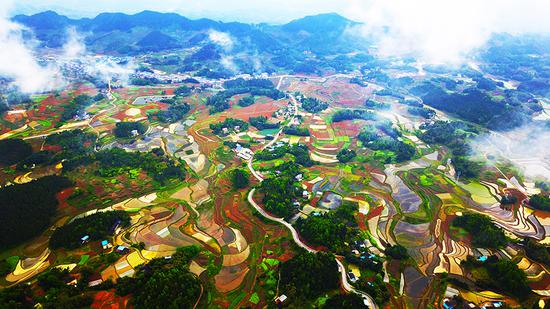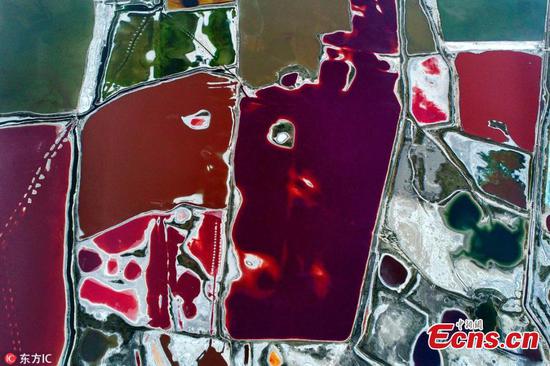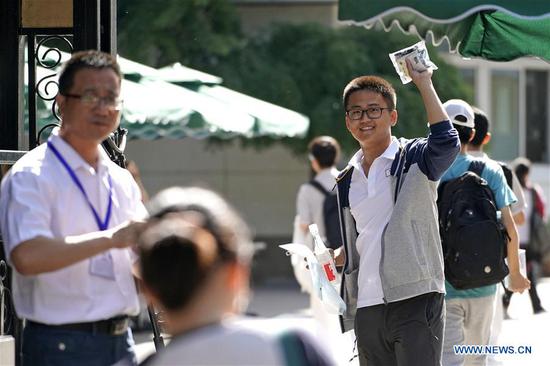China has built 36 national archaeological parks combining archeological research with cultural education and tourism, said Liu Shuguang, deputy director of China's State Administration of Cultural Heritage.
Liu introduced China's national park building work to participants at the ongoing 8th Worldwide Conference of the Society for East Asian Archaeology, held at Nanjing University, east China's Jiangsu Province.
The four-day conference opened on Friday and is being attended by over 200 representatives from 20 countries and regions including scholars from Harvard University and the University of Oxford.
The parks include ancient settlements, cities, towns and palaces with high historical, cultural and academic value, like Beijing's Yuanmingyuan and Zhoukoudian.
"For the large-scale archaeological sites, like Zhejiang's Hemudu Site, Hubei's ancient city site of Panlong, national park management has helped bring whole cultural sites under strict protection," Liu said. "The environment around these sites has significantly improved."
Since the first group of 12 national archeological parks was announced in 2010, 36 have been inaugurated. Now there are another 60 designated candidates, according to Liu.
During the conference, scholars discussed topics ranging from production of luxuries in ancient East Asia to the origin of agriculture in the region. They also held a number of open lectures on topics of public interest, such as ancient diets and Silk Road trade.












